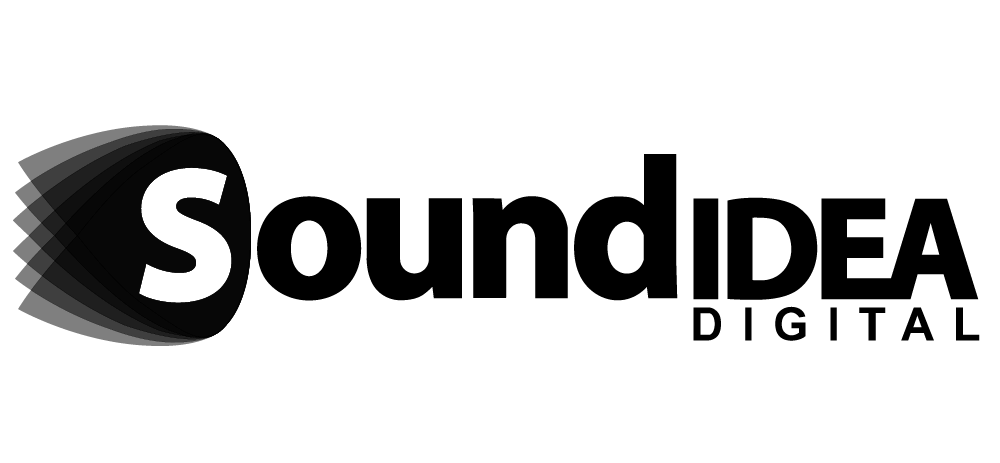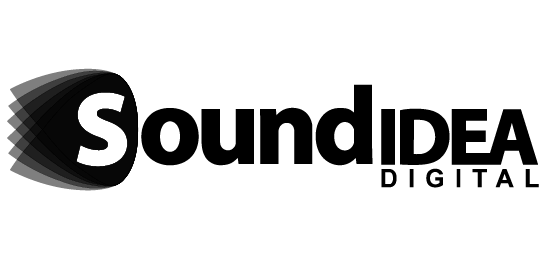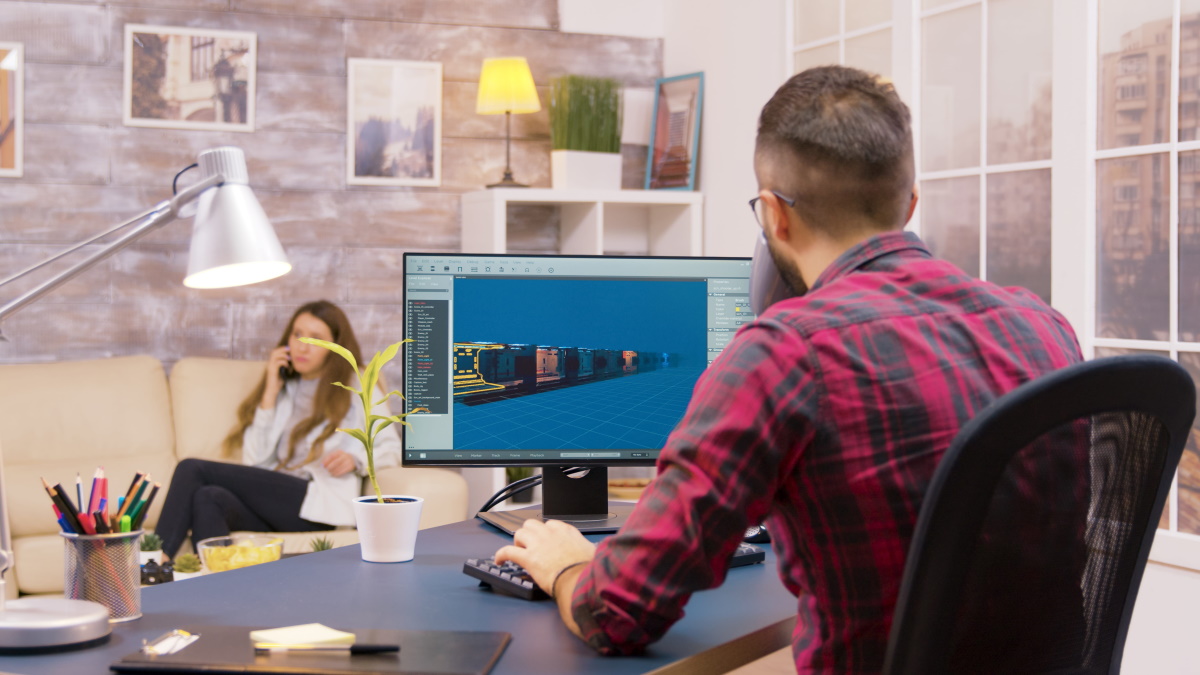
The Basics of 3D Animation Production
3D animation production is a popular form of media, be it in video games, movies and even on TV. Through our years of experience producing 3D Animations to our client’s specifications; we have learned that the creative possibilities are simply endless. In layman’s terms it involves generating three-dimensional moving images in a digital environment. Manipulation of 3D models or objects is carried out within 3D software to export picture sequences to produce animation or movement. In a nutshell, it is the creation of a virtual world. A virtual world with assets that can easily be repurposed for additional applications.
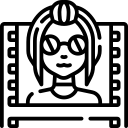
The 3D Animation production process is categorised into three main sections: modelling, layout and animation and rendering. Modelling is essentially generating 3D objects within a certain scene. The layout and animation phase entails positioning and animating the objects within a certain scene. Finally, rendering, this is the end result or output of completed computer graphics.
3D Animation Applications
The best part is that it can be used anywhere. In architecture it can be used to give architectural designs an edge. Architects can watch their creations come to life and experience them as if they’ve been built already. In fact, an entire building can be converted into an interactive and scalable model, which could be enhanced with AI networks to test hypothetical scenarios. For example: An emergency evacuation can be simulated with artificial obstructions in key points of the building to test for potential safety issues. These scenarios can be run for every aspect of the building and tested in real time. Of course in order to do this, you need properly modelled buildings.
There’s constant research in the medical field. Rather than using cadavers and diagrams, 3D representations of the human body can be used instead. This can also be further enhanced with both Augmented Reality and Virtual Reality depending on the application. Provided the 3D models are done accurately, your team has freedom to recreate highly effective training simulations from the same 3D models. This content freedom is unparalleled in most mediums, as usually there is a form of post production required in order to recreate new scenarios.
A great application for 3D animation production is health and safety induction training videos. This style of video presents numerous challenges to filming, as each site is full of potential hazards and risks. By recreating these environments in 3D you take all the risks and hazards out of the production of the training video. Additionally complex machinery and equipment can be broken down and simplified with complementary animations and 3D animated models of the equipment.
The same advantages also apply to the characters and settings used. Every 3D modeled asset has multiple applications provided the framework for them is configured correctly. This perfect as once you have a character model, updating the model’s appearance is considerably easier and quicker to do than recreating another model.
Another fantastic application for 3D content is Virtual Reality. This can be used as a marketing or sales tool, or for training simulations. The trick here is to create scenario based interactions using a combination of spacial audio and linear direction. Although the environment is interactive, every potential direction and scenario further complicates your production. The trick here is to keep it simple and shallow, but very meaningful. For example: Instead of ten potential scenarios create three with more comprehensive outcomes. This way your three scenario’s may turn into nine outcomes, as opposed to your ten turning into thirty. Oh and that was just one level deep, imagine we added another layer. The numbers would increase exponentially. So keep it shallow but highly interactive.
When planning your 3D model applications, always plan your content with a comprehensive storyboard. You want every model and movement to be mapped out from the start in order to create assets that can be applied and repurposed throughout. For example: It does not help to map the movements of a 3D character in only one position, this is because unlike 2D animation the third dimension allows for interactive compositions, angles and framing. Which means you need to consider the possibilities of movement and create a template that represents those possibilities. If you do not heed this advice your 3D content will have more potential bottlenecks in production.
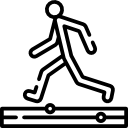
Since 3D animation is indistinguishable from real life, it can be used in place of ambitious shots that are impossible to film. 3D Animation is an effective tool to use in marketing, training and corporate communication. It can be used as part of an advertising campaign when introducing new products to the market or when demonstrating a newly developed product to potential investors and clients. Why leave your creations on paper when they can be 3D and repurposed into multiple applications?
Turn your content into highly detailed 3D animation for every application under the sun. Get in touch with our team today!
We are a full-service Web development and Content Production Agency in Gauteng specialising in Video Production, Animation, eLearning Content Development, Learning Management Systems, and Content Production. Contact us for a quote. | Info@soundidea.co.za | www.soundidea.co.za | +27 82 491 5824 |
